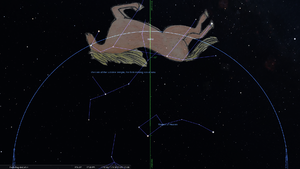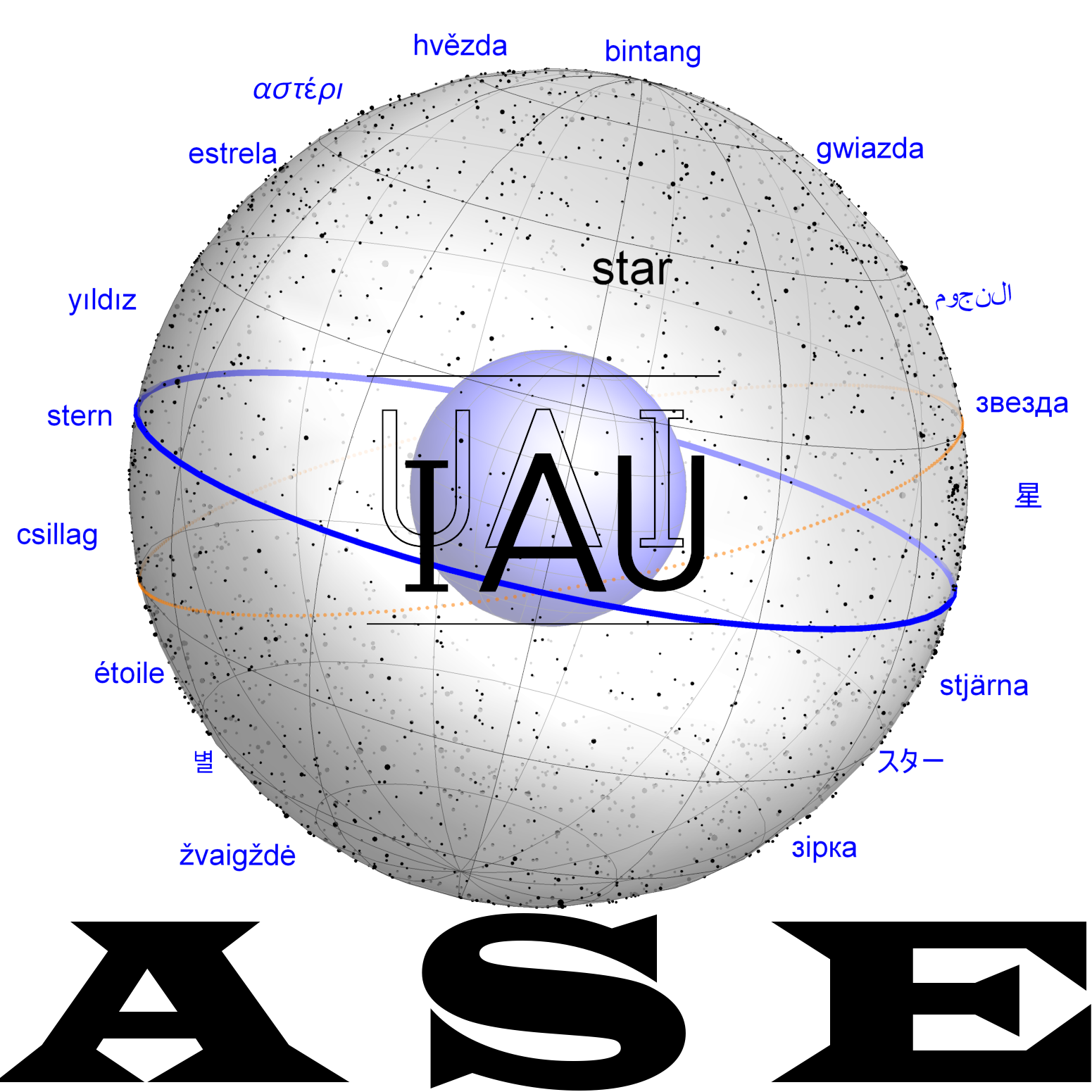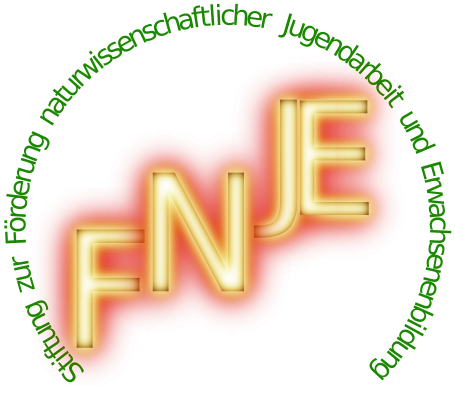IBILA.É.MAḪ: Difference between revisions
No edit summary |
No edit summary |
||
| Line 1: | Line 1: | ||
[[File:Horse+Heir draft2025 stellarium.png|alt=Stellarium map|thumb|The constellation of the Heir of the Sublime Temple in Mesopotamian astronomy is located in the circumpolar area. It may refer to the star that is now called "Polaris" or to any configuration of stars. This suggestion was designed in 2025 by SMH to draft a figure that matches the new interpretation of "The Celestial Ekur" by Hoffmann and Horowitz (2023). ]] |
|||
<sup>mul</sup>IBILA.É.MAḪ is an ancient Mesopotamian asterism in the northern polar area, namely within the ever-visible circle. As it, therefore, does not rise and set, the identification is highly uncertain. Earlier scholarship speculated that it refers to the star Polaris, but this star had no special role in ancient times (its function of being a polestar only applies from around 1500 CE onwards). An extensive discussion of these uncertainties will be given in Hoffmann (202x, upcoming). |
<sup>mul</sup>IBILA.É.MAḪ is an ancient Mesopotamian asterism in the northern polar area, namely within the ever-visible circle. As it, therefore, does not rise and set, the identification is highly uncertain. Earlier scholarship speculated that it refers to the star Polaris, but this star had no special role in ancient times (its function of being a polestar only applies from around 1500 CE onwards). An extensive discussion of these uncertainties will be given in Hoffmann (202x, upcoming). |
||
==Dictionary== |
==Dictionary== |
||
Revision as of 14:39, 10 April 2025

mulIBILA.É.MAḪ is an ancient Mesopotamian asterism in the northern polar area, namely within the ever-visible circle. As it, therefore, does not rise and set, the identification is highly uncertain. Earlier scholarship speculated that it refers to the star Polaris, but this star had no special role in ancient times (its function of being a polestar only applies from around 1500 CE onwards). An extensive discussion of these uncertainties will be given in Hoffmann (202x, upcoming).
Dictionary
Kurtik with Hilder, Hoffmann, Horowitz, Kim
Var. readings and designations:
- mulDUMU.UŠ.É.MAḪ,
- mulDUMU.UŠ.AN.MAḪ;
- mulDUMU×NITA É.MAḪ;
- = lit. "Firstborn of Emach" or "Heir of the Majestic Temple";
star in the constellation of the Little Bear, possibly Polaris(?) [G. 191; ASM, 273; Reiner 1995, 20-21; Beaulieu et al. 2018, 73].
| Sources | Identifications |
|---|---|
MUL.APIN.
|
|
List of stars VR 46, 1:13.
|
|
Uranology: MLC 1866 (col. iv 15ʹ).
|
|
Hemerologies.
|
Additional
II. Deity.
The deity dDI.KUD or dDI.KU5, with whom mulIBILA.É.MAḪ is correlated in VR 46, 1:13, has various identifications: (1) = dMa(n)dānu = dDaj(j)ānu "(Divine) judge," "bearing the throne of Marduk," according to AN: dA-num (II 253-254), (2) = Ishtaran, according to d(iš-ta-ran)DI. KUD = dumu dTišpak.ke4 in AN: dA-num (V 289), (3) = a mythological personage from Shamash's entourage, "the judge of Shamash," according to AN: dA-num (III 174) [Litke 1998, 97 (especially note 254), 135, 195]. Which of these identities is implied here remains undisclosed.
III. Identity.
= β Ursae Minoris [G. 191; Weidner 1957-59, 78]; at epoch -1000 the pole of the world was located near this star;
= Polaris(?) [BPO 2, 7; Beaulieu et al. 2018, 60, 73];
= α Ursae Minoris(?) [MA, 137; ASM, 273].
Historical Dictionaries
| Kurtik (2022, i02) | Gössmann (1950) |
|---|---|
| вар. чтения и обозначения: mulDUMU.UŠ.É.MAḪ, mulDUMU.UŠ.AN.MAḪ; mulDUMU×NITA É.MAḪ; = букв. «Первенец Эмаха» или «Наследник Величественного Храма»; звезда в созвездии Малой Медведицы, возможно, Полярная звезда(?) [G. 191; ASM, 273; Reiner 1995, 20–21; Beaulieu et al. 2018, 73].
I. Источники. MUL.APIN. (1) Звезды Энлиля (№ 20): MUL ša2 ina ṭur-ri-šu2 GUB-zu mulIBILA.É.MAḪ / DUMU reš-tu-u2 ša2 dA-nu-um «Звезда, которая стоит на ее (т.е. mulMAR.GÍD.DA.AN.NA «Повозки Ану») веревке (возможно, узле?): Наследник Величественного Храма, первенец Ану» (I i 21–22) [MA, 24–25, 125; Hunger–Steele 2018, 34]; параллель см.: mul ša i-na ṭu-ri-ša gub-[zu] «Звезда, что на ее веревке (узле?) стоит» [KAV 218, B iii 11; Horowitz 2014, 39, col. iii 11]; однако не очевидно, что здесь речь идет об одной и той же звезде, см. [BPO 2, 5; Horowitz 1989–90, 116, BM 54817:9']. Список звезд VR 46, 1:13. mulDUMU×NITA É.MAḪ = dDI.KU5 «Наследник возвышенного храма = Madānu (“Божественный судья”) [HBA, 51:13; Wee 2016, 162–3:13]. MLC 1866 (col. iv 15ʹ). mulIBILA.<É>.MAḪ dE2-a ˹MUL˺ [DU]MU É «Наследник возвышенного храма, Эа, звезда, сын храма» [Beaulieu et al. 2018, 38, 42], обсуждение см. [ibid., 59–60]. Гемерологии. В месяцах нисану и улулу молитвы к mulIBILA.É.MAḪ [Langdon 1935, 81; 4R, 32 i 48, 33 i 49; Landsberger 1915, 128; Reiner 1995, 21]. Заклинание. ÉN DUMU.UŠ É.MAḪ DUMU.UŠ É.MAḪ aplu rabû ša Enlil attama / ištu Ekur [t]ūridamma ina qabal šamê itti mulMAR.GÍD.DA tazzaz «Заклинание. О, Первенец Эмаха, Первенец Эмаха, ты старший сын Энлиля, / Ты вышел из Экура, и ты стоишь в середине неба с Повозкой», цит. по [Reiner 1995, 21, note 71]. Stev.O.T. Два предсказания: a) DIŠ ulDUMU.UŠ.É.MAḪ ša ulMAR.GÍD.DA.<AN.NA> GAL-ti ana ulME.GAR is-niq BE.ME GAL2-ši DIŠ KI.MIN is-si SU.KU2 GAL2-ši «Если Первенец Эмаха, (часть) великой [Небесной] Повозки, к Юпитеру приблизился, наступит мор; если же удалился, голод наступит» [Langdon 1913–23, 231:4–5, Pl. XVII; Reiner 1995, 20–21, note 73]. II. Божество. Божество dDI.KUD или dDI.KU5, с которым mulIBILA.É.MAḪ соотносится в VR 46, 1:13, имеет различные отождествления: (1) = dMa(n)dānu = dDaj(j)ānu «(Божественный) судья», «несущий трон Мардука», согласно AN:dA-num (II 253–254), (2) = Иштаран, согласно d(iš-ta-ran)DI.KUD = dumu dTišpak.ke4 в AN:dA-num (V 289), (3) = мифологический персонаж из окружения Шамаша, «судья Шамаша», согласно AN:dA-num (III 174) [Litke 1998, 97 (в особенности note 254), 135, 195]. Какое из этих тождеств подразумевается в данном случае, остается нераскрытым. III. Отождествление. = β Ursae Minoris [G. 191; Weidner 1957–59, 78]; в эпоху –1000 полюс мира располагался вблизи этой звезды; = Polaris(?) [BPO 2, 7; Beaulieu et al. 2018, 60, 73]; = α Ursae Minoris(?) [MA, 137; ASM, 273]. |
Example |




